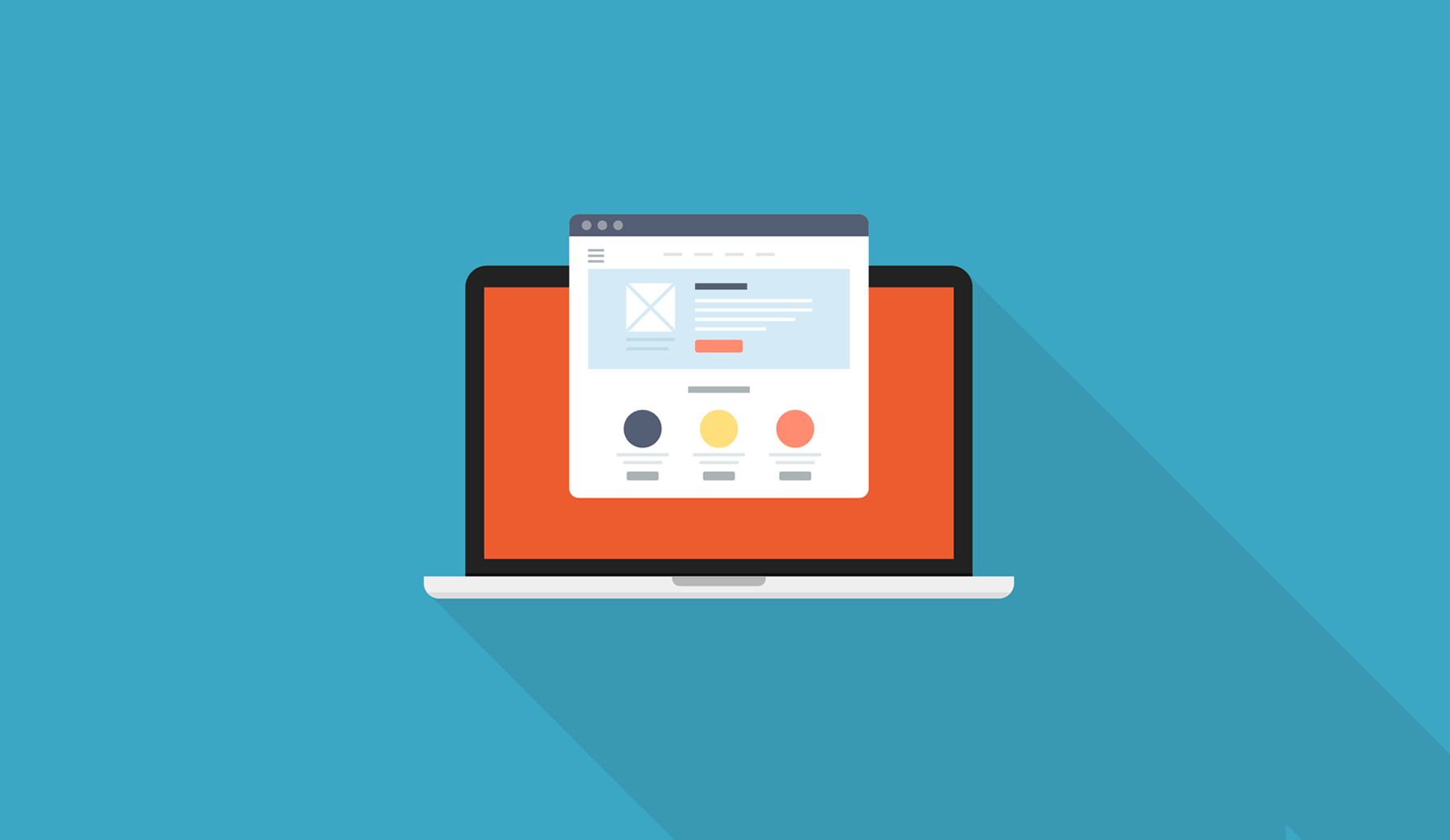Email Design 2017 - #4 The Landing Page
It might seem odd writing about landing pages in a blog post about email design, however, in our opinion the landing page is just as important as the email design itself.
The success of an email is often measured in ‘Open Rates’ and ‘Click to Open Rates’, however, the ROI will most likely be measured by the action the user has taken once they’ve clicked out of the email. Here’s our top 5 tips for making sure your landing pages work hard:
1) Build a Profile through Click Behaviour
Adding to what we know about a customer based on their click behaviour in an email, can help us to personalise our emails based on user interests in the future. Clicks in an email can also be used to inform how landing page content is prioritised.
2) Continue the User Journey
The email is often the first step in the journey and should summarise the content from the landing page. Keeping the design and messaging consistent with the email, so the user knows they’ve continued the journey and that the landing page is connected to the email. You should also look to reflect the brand’s website where possible, so that viewers are reassured they have been taken to a page that is genuinely from the brand they recognise and trust.
3) Tailor the Page for Different Audience Needs
If you have the time and budget creating different landing pages for different target markets is ideal. For example, if you’re running a competition the prizes could be different depending on the audience. This could also tie in with point 2 as the content could be based on people’s previous clicks. The reality, however, is that often costs and timings don’t always allow for different pages. If that’s the case, set a hypothesis and test over a number of email sends.
4) Design specifically for the Action you want the User to take
Be single minded and clearly signpost the call-to-action, giving the user multiple opportunities to take the same action. Keep the page simple – don’t include nav, keep copy to a minimum and keep forms as short as possible.
5) A/B Test
A/B testing can normally be used to continually improve a single goal (e.g. conversion rate) over time. The unique challenge of A/B testing an email landing page is that the landing page changes. Repeatedly A/B testing specific elements (CTAs/ graphics/ colours/ messaging) within both emails and landing pages will help to build a solid business case over time. However, there is a note of warning. Although testing is a great way to maximise results, you also have to be mindful of not radically changing landing pages. A sense of consistency helps the user feel comfortable navigating your landing page.
If you’d like to know more about optimising landing pages, or want to pick our brains on any aspect of email design, just get in touch with Ian Reeves our General Manager. We’ll be happy to help you turn your email design dreams into a reality.
